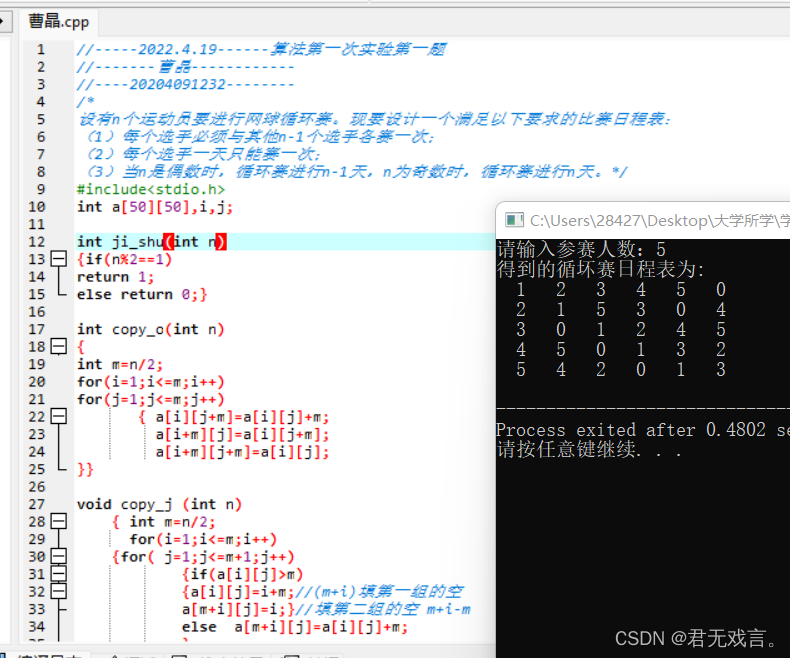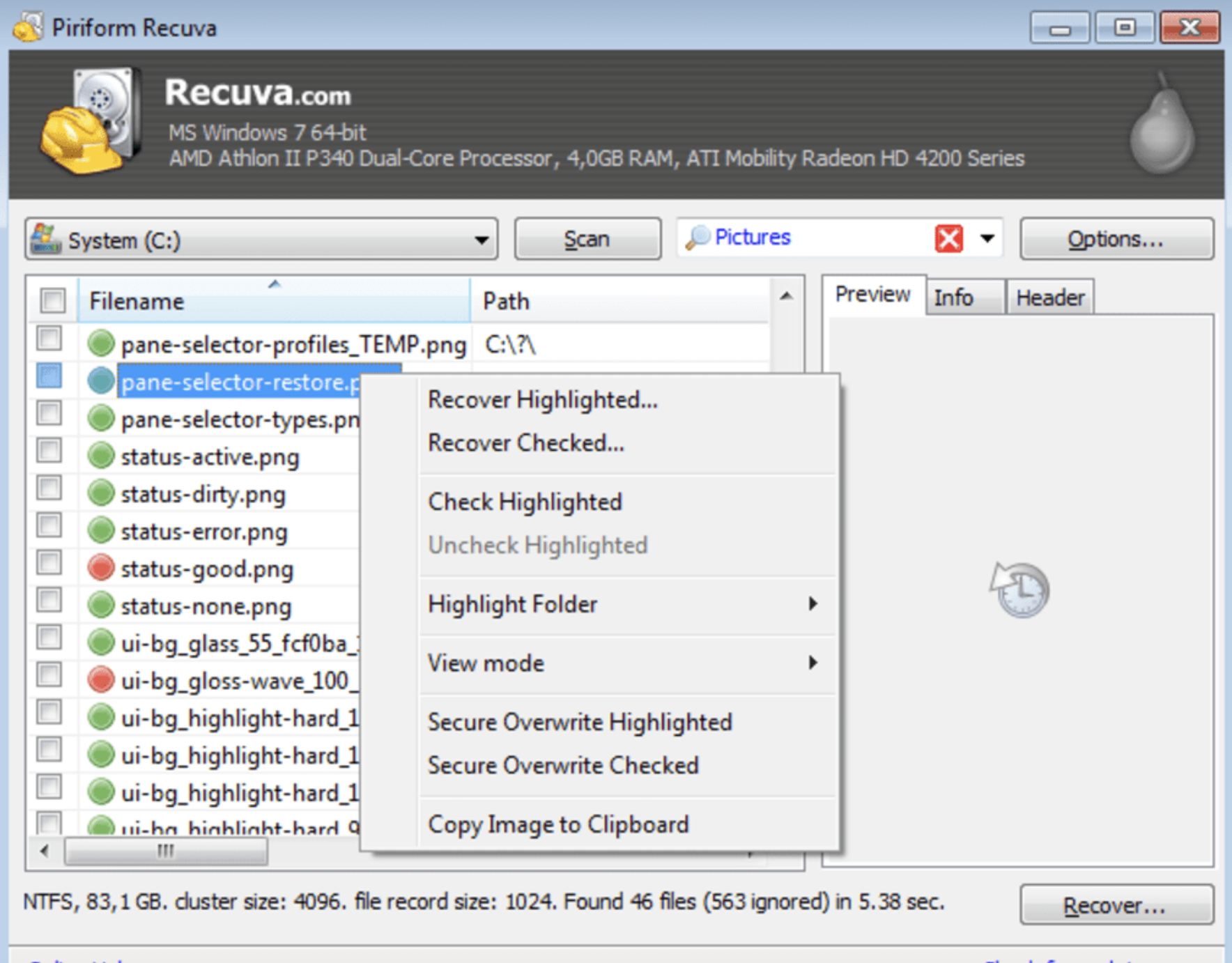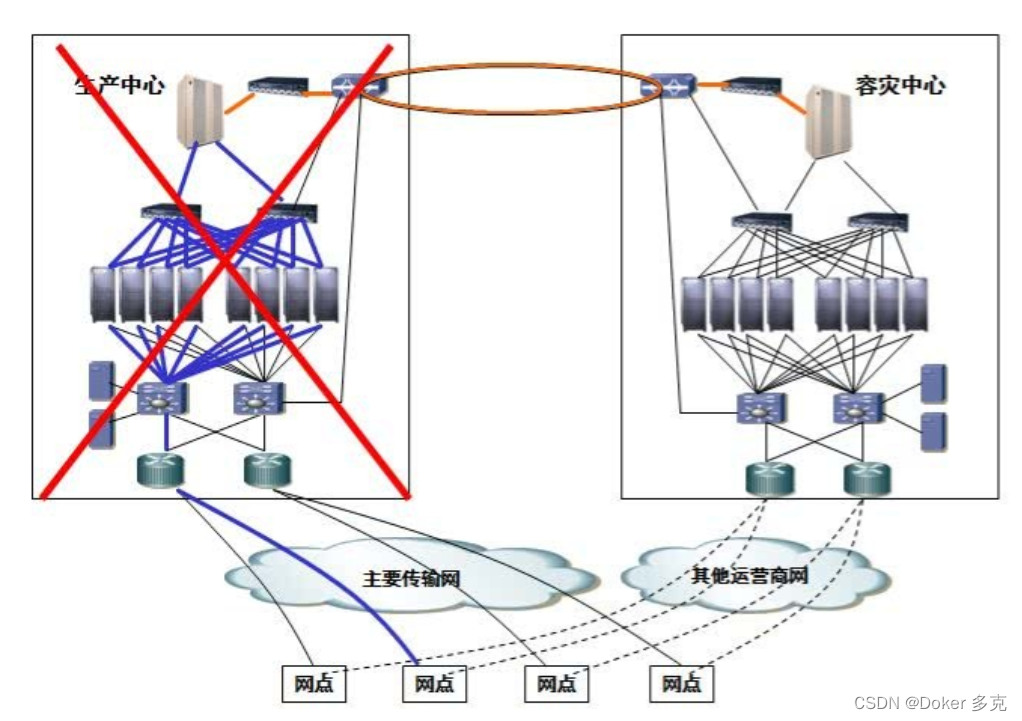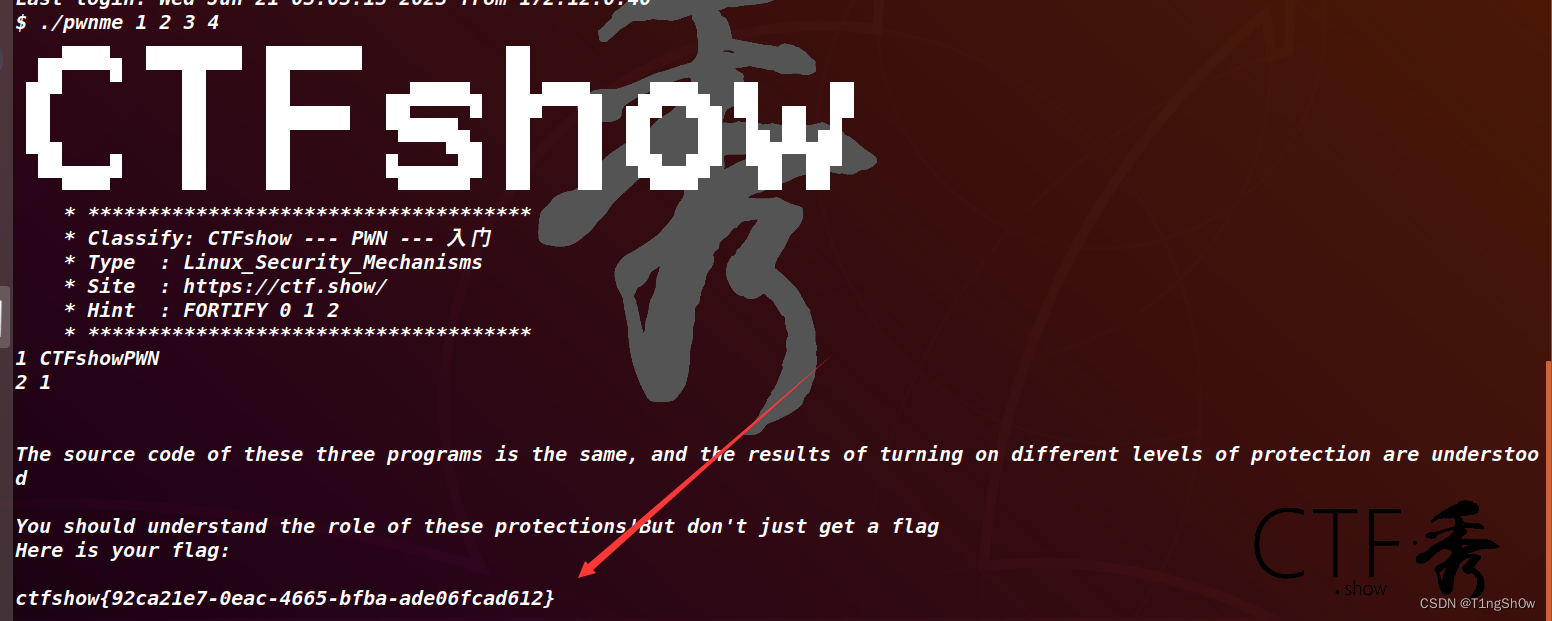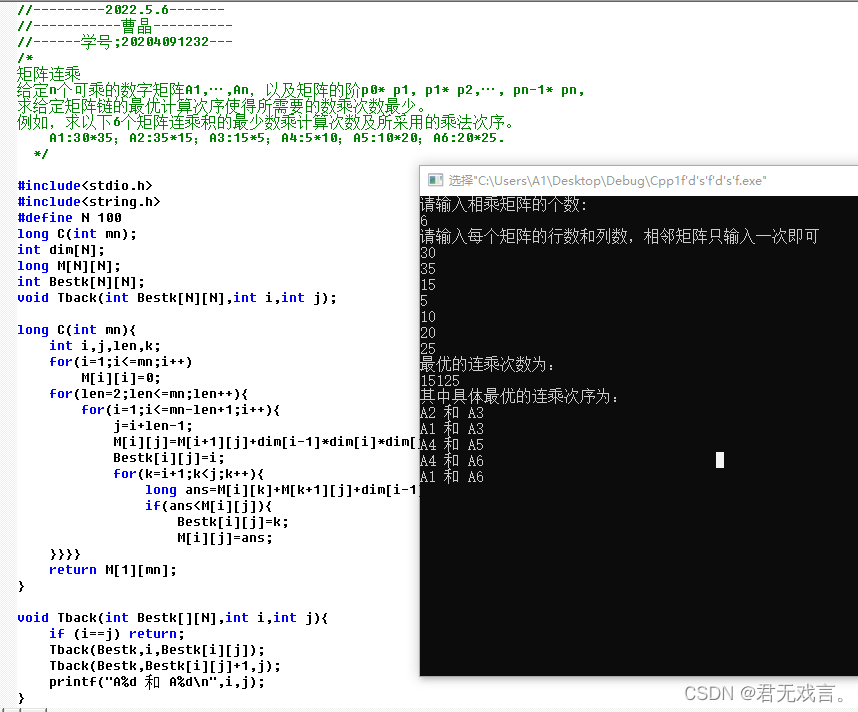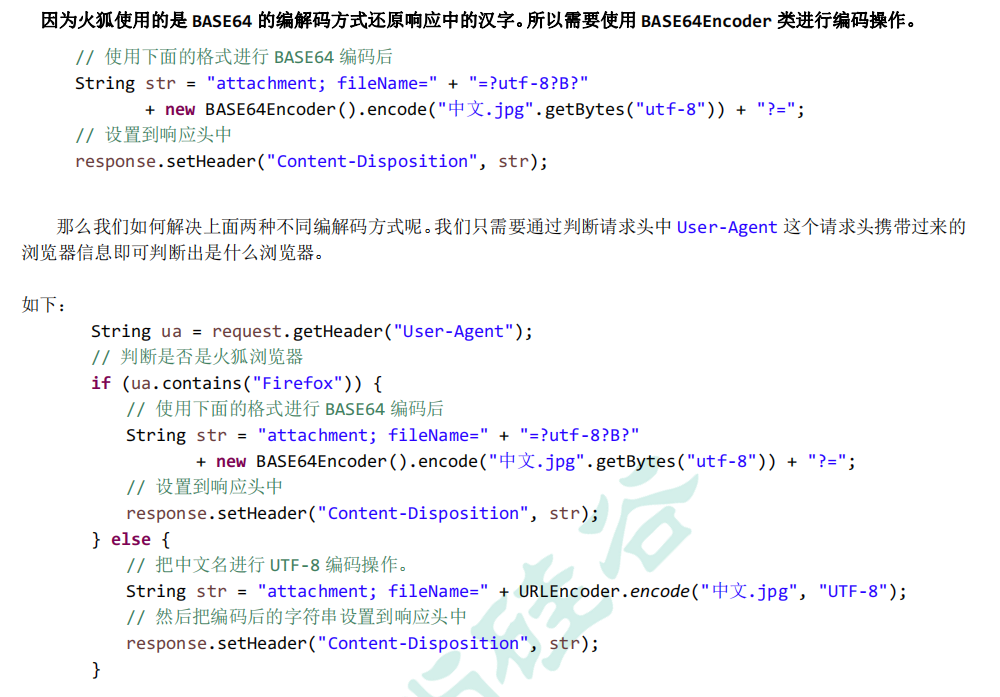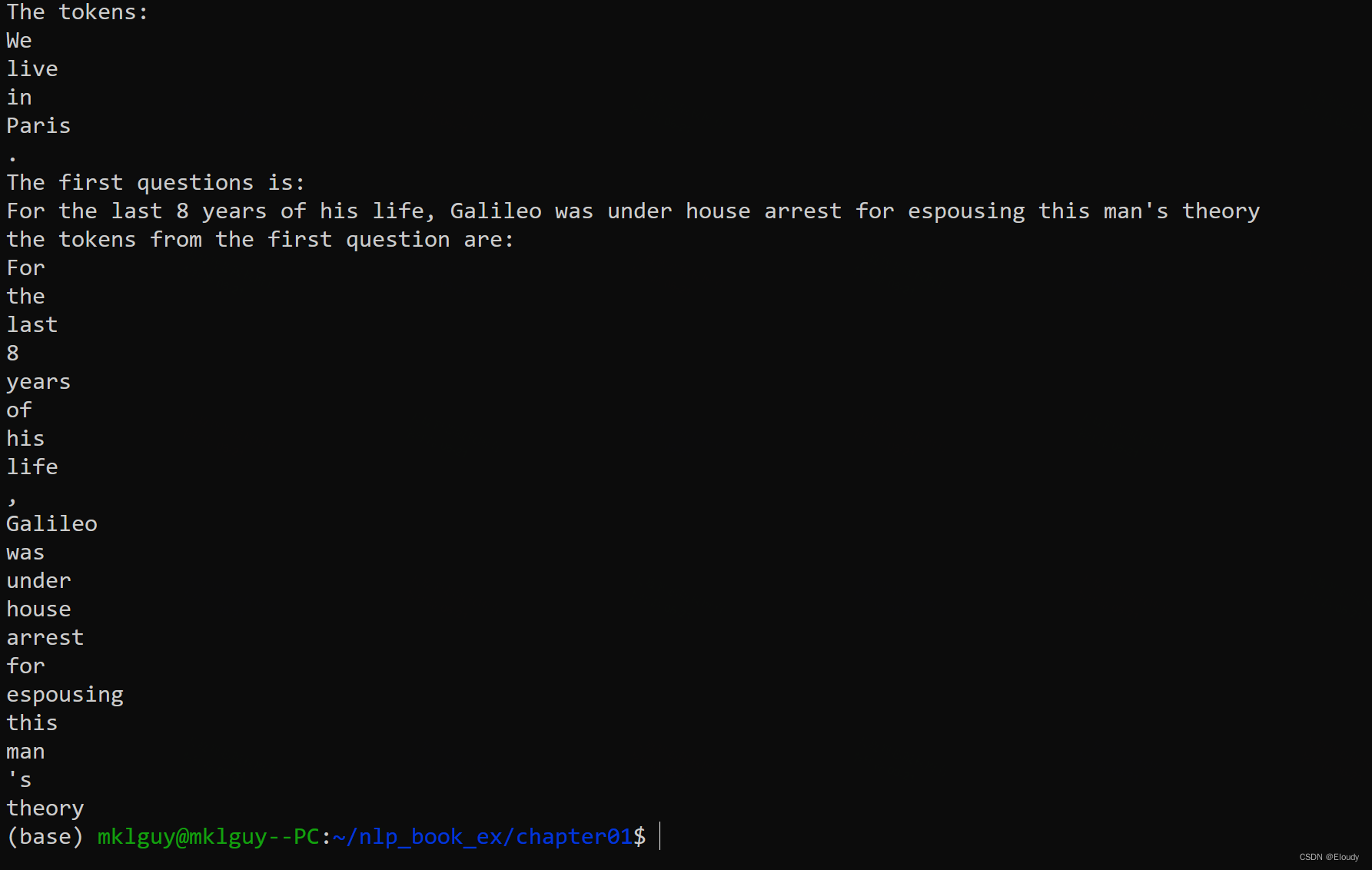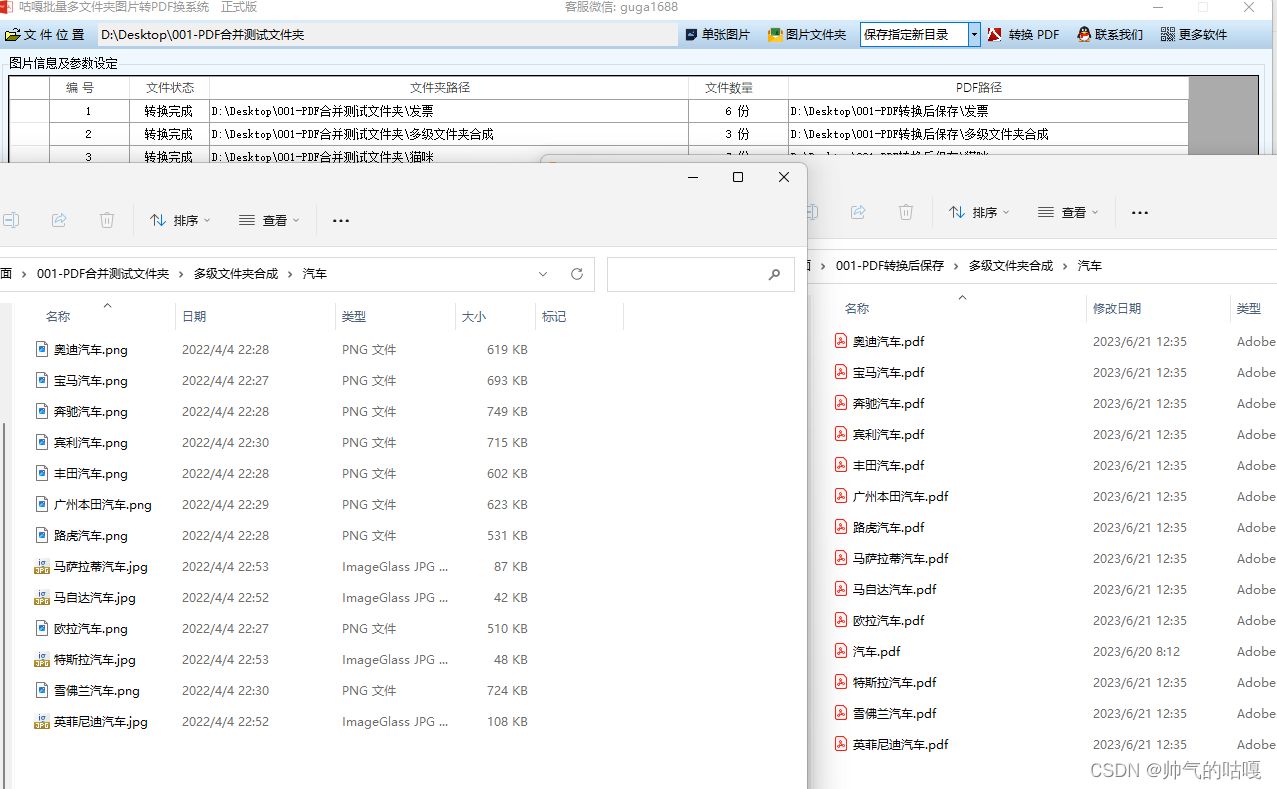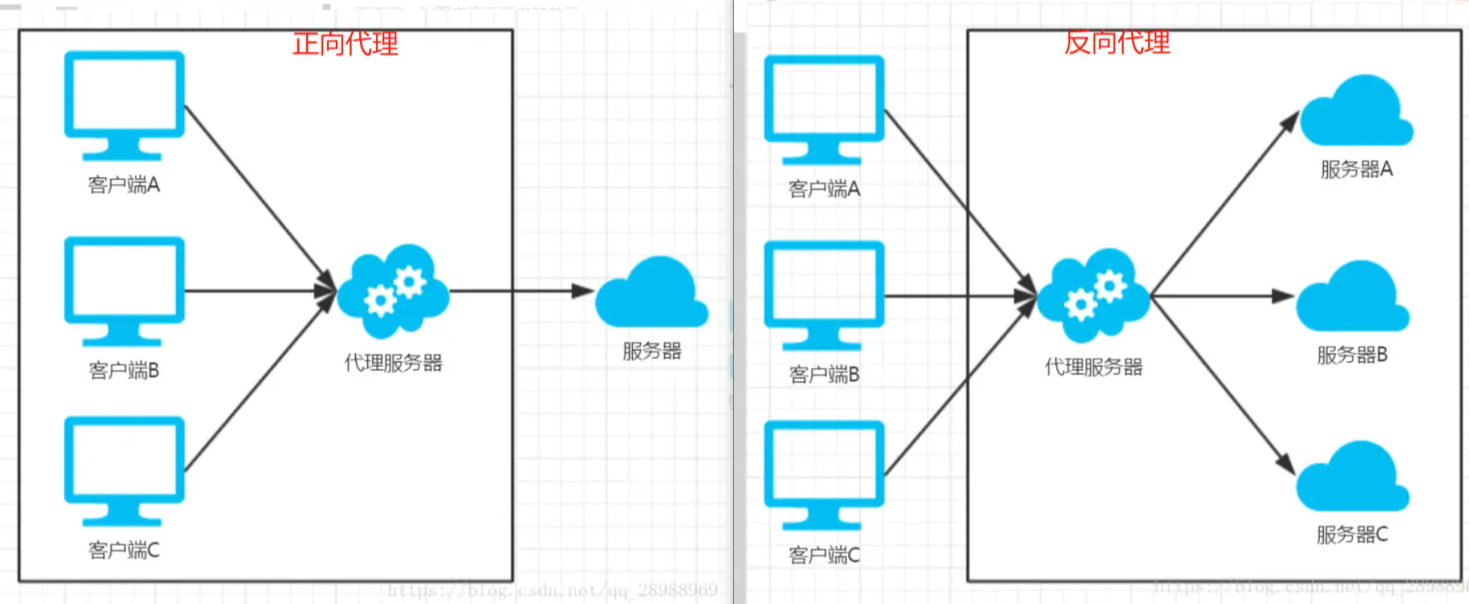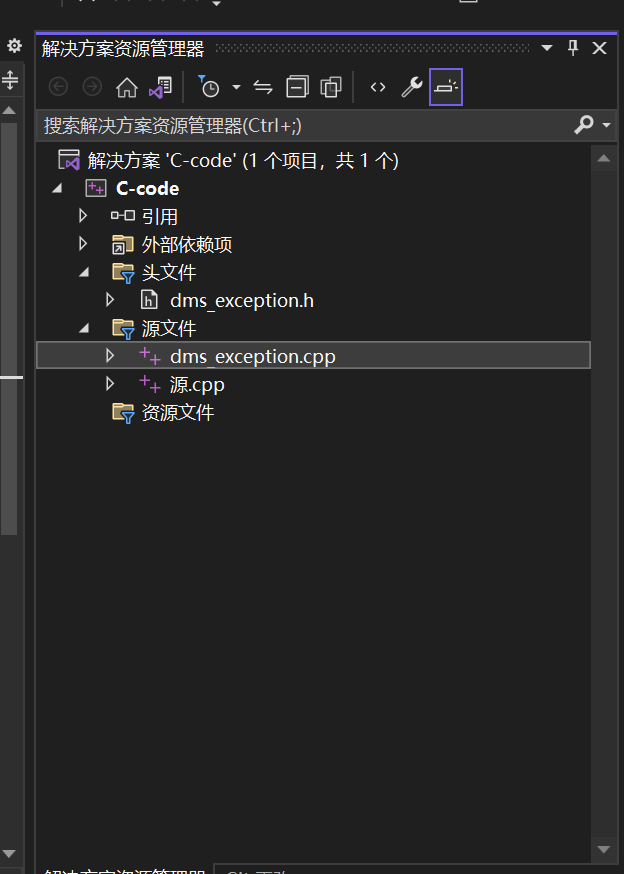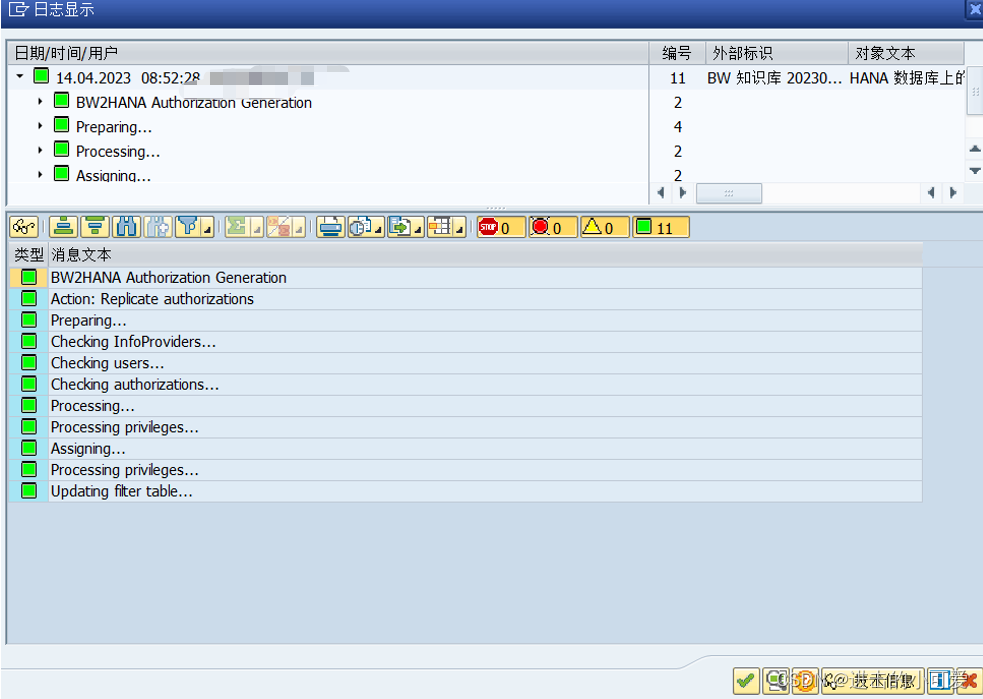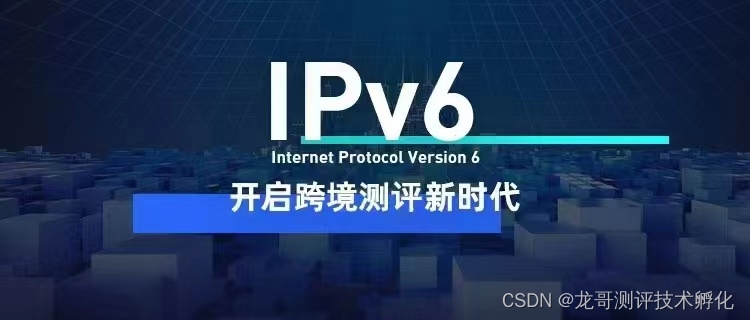前言
SpringAOP作为Spring最核心的能力之一,其重要性不言而喻。然后需要知道的是AOP并不只是Spring特有的功能,而是一种思想,一种通用的功能。而SpringAOP只是在AOP的基础上将能力集成到SpringIOC中,使其作为bean的一种,从而我们能够很方便的进行使用。
一、SpringAOP的使用方式
1.1 使用场景
当我们在日常业务开发中,例如有些功能模块是通用的(日志、权限等),或者我们需要在某些功能前后去做一些增强,例如在某些方法执行后发送一条mq消息等。
如果我们将这些通用模块代码与业务代码放在一块,那么每个业务代码都要写这些通用模块,维护成本与耦合情况都十分严重。
因此,我们可以将此模块抽象出来,就有了”切面“的概念。
1.2 常用方式
AOP的使用方式相对比较简单,首先我们需要完成业务代码
@Service
public class AopDemo implements AopInterface{
public Student start(String name) {
System.out.println("执行业务逻辑代码.....");
return new Student(name);
}
}
业务逻辑比较简单,接收一个name参数。
接下来我们需要创建其对应的切面
//将该切面加入spring容器
@Service
//声明该类为一个切面
@Aspect
class AopAspect {
//声明要进行代理的方法
@Pointcut("execution(* com.example.demo.aop.AopInterface.start(..))")
public void startAspect() {
}
//在方法执行之前的逻辑
@Before(value = "startAspect()")
public void beforeAspect() {
System.out.println("业务逻辑前代码.....");
}
//在方法执行之后的逻辑
@After(value = "startAspect()")
public void afterAspect() {
System.out.println("业务逻辑后代码.....");
}
//围绕方法前后的逻辑
@Around("startAspect()")
public Object aroundAspect(ProceedingJoinPoint point) throws Throwable {
Object[] requestParams = point.getArgs();
String name = requestParams[0].toString();
System.out.println("传入参数:" + name);
requestParams[0] = "bob";
return point.proceed(requestParams);
}
}
可以看到,首先需要我们指明要代理的对象及方法,然后根据需要选择不同的注解即可实现代理对象。
传入参数:tom
业务逻辑前代码.....
执行业务逻辑代码.....
业务逻辑后代码.....
二、SpringAOP源码解析
2.1 被代理对象的开始initializeBean
根据上面的使用情况,我们知道只需要声明对应的注解即可,不需要其他额外的配置,然后我们获得的bean对象就已经是被代理的了,那么我们可以推断代理对象的过程一定是发生在bean创建的过程的。
我们回顾一下创建bean的流程
- 实例化bean
- 装配属性
- 初始化bean
只有第三步初始化bean的时候才会有机会进行代理。
找到对应的代码位置:
protected Object initializeBean(String beanName, Object bean, @Nullable RootBeanDefinition mbd) {
Object wrappedBean = bean;
if (mbd == null || !mbd.isSynthetic()) {
//前置处理器
wrappedBean = applyBeanPostProcessorsBeforeInitialization(wrappedBean, beanName);
}
//...
try {
//对象的初始化方法
invokeInitMethods(beanName, wrappedBean, mbd);
}
if (mbd == null || !mbd.isSynthetic()) {
//后置处理器,AOP开始的地方
wrappedBean = applyBeanPostProcessorsAfterInitialization(wrappedBean, beanName);
}
return wrappedBean;
}
2.2 后置处理器applyBeanPostProcessorsAfterInitialization
后置处理器会执行那些实现了后置处理器接口的代码:
public Object applyBeanPostProcessorsAfterInitialization(Object existingBean, String beanName)
throws BeansException {
Object result = existingBean;
//获取所有的后置处理器
for (BeanPostProcessor processor : getBeanPostProcessors()) {
//实现其要执行的方法
Object current = processor.postProcessAfterInitialization(result, beanName);
if (current == null) {
return result;
}
result = current;
}
return result;
}
而AOP的后置处理器就是其中的一个: AbstractAutoProxyCreator
其对应的方法为(以下代码不为同一个类,而是对应的执行顺序):
public Object postProcessAfterInitialization(@Nullable Object bean, String beanName) {
if (bean != null) {
Object cacheKey = getCacheKey(bean.getClass(), beanName);
if (this.earlyProxyReferences.remove(cacheKey) != bean) {
//执行到下面方法
return wrapIfNecessary(bean, beanName, cacheKey);
}
}
return bean;
}
protected Object wrapIfNecessary(Object bean, String beanName, Object cacheKey) {
// Create proxy if we have advice.
Object[] specificInterceptors = getAdvicesAndAdvisorsForBean(bean.getClass(), beanName, null);
if (specificInterceptors != DO_NOT_PROXY) {
this.advisedBeans.put(cacheKey, Boolean.TRUE);
//创建代理对象
Object proxy = createProxy(
bean.getClass(), beanName, specificInterceptors, new SingletonTargetSource(bean));
this.proxyTypes.put(cacheKey, proxy.getClass());
return proxy;
}
this.advisedBeans.put(cacheKey, Boolean.FALSE);
return bean;
}
protected Object createProxy(Class beanClass, @Nullable String beanName,
@Nullable Object[] specificInterceptors, TargetSource targetSource) {
//获取advisors
Advisor[] advisors = buildAdvisors(beanName, specificInterceptors);
proxyFactory.addAdvisors(advisors);
proxyFactory.setTargetSource(targetSource);
customizeProxyFactory(proxyFactory);
proxyFactory.setFrozen(this.freezeProxy);
if (advisorsPreFiltered()) {
proxyFactory.setPreFiltered(true);
}
// Use original ClassLoader if bean class not locally loaded in overriding class loader
ClassLoader classLoader = getProxyClassLoader();
if (classLoader instanceof SmartClassLoader && classLoader != beanClass.getClassLoader()) {
classLoader = ((SmartClassLoader) classLoader).getOriginalClassLoader();
}
//通过代理工厂创建代理对象
return proxyFactory.getProxy(classLoader);
}
public Object getProxy(@Nullable ClassLoader classLoader) {
//首先获取对应的代理
return createAopProxy().getProxy(classLoader);
}
//该方法根据要被代理的类选择使用jdk代理还是cglib代理
public AopProxy createAopProxy(AdvisedSupport config) throws AopConfigException {
if (!NativeDetector.inNativeImage() &&
(config.isOptimize() || config.isProxyTargetClass() || hasNoUserSuppliedProxyInterfaces(config))) {
Class targetClass = config.getTargetClass();
//如果被代理的类是一个接口则使用jdk代理
if (targetClass.isInterface() || Proxy.isProxyClass(targetClass) || ClassUtils.isLambdaClass(targetClass)) {
return new JdkDynamicAopProxy(config);
}
//否则使用cglib代理
return new ObjenesisCglibAopProxy(config);
}
else {
//根据配置选择强制使用jdk代理
return new JdkDynamicAopProxy(config);
}
}
我们知道,代理方式有jdk动态代理与cglib动态代理两种方式,而我们一个bean使用那种代理方式则由上述的方法决定。
至此,我们已经确定了使用那种代理方式获取代理对象。
2.3 获取代理对象
从上文中,我们已经确定了选用何种方式构建代理对象。接下来就是通过不同的方式是如何获取代理对象的。
看懂本章需要实现了解jdk动态代理或者cglib动态代理的方式。
2.3.1 JDK代理
首先在获取代理对象时选择 JdkDynamicAopProxy
public Object getProxy(@Nullable ClassLoader classLoader) {
if (logger.isTraceEnabled()) {
logger.trace("Creating JDK dynamic proxy: " + this.advised.getTargetSource());
}
//这里通过反射创建代理对象
return Proxy.newProxyInstance(classLoader, this.proxiedInterfaces, this);
}
当被代理对象执行被代理的方法时,会进入到此方法。(jdk动态代理的概念)
JDK通过反射创建对象,效率上来说相对低一些。
public Object invoke(Object proxy, Method method, Object[] args) throws Throwable {
try {
// 获取被代理对象的所有切入点
List chain = this.advised.getInterceptorsAndDynamicInterceptionAdvice(method, targetClass);
// 如果调用链路为空说明没有需要执行的切入点,直接执行对应的方法即可
if (chain.isEmpty()) {
// We can skip creating a MethodInvocation: just invoke the target directly
// Note that the final invoker must be an InvokerInterceptor so we know it does
// nothing but a reflective operation on the target, and no hot swapping or fancy proxying.
Object[] argsToUse = AopProxyUtils.adaptArgumentsIfNecessary(method, args);
retVal = AopUtils.invokeJoinpointUsingReflection(target, method, argsToUse);
}
else {
// 如果有切入点的话则按照切入点顺序开始执行
MethodInvocation invocation =
new ReflectiveMethodInvocation(proxy, target, method, args, targetClass, chain);
// Proceed to the joinpoint through the interceptor chain.
retVal = invocation.proceed();
}
return retVal;
}
}
invocation.proceed();这个方法就是通过递归的方式执行所有的调用链路。
public Object proceed() throws Throwable {
// We start with an index of -1 and increment early.
if (this.currentInterceptorIndex == this.interceptorsAndDynamicMethodMatchers.size() - 1) {
return invokeJoinpoint();
}
Object interceptorOrInterceptionAdvice =
this.interceptorsAndDynamicMethodMatchers.get(++this.currentInterceptorIndex);
if (interceptorOrInterceptionAdvice instanceof InterceptorAndDynamicMethodMatcher) {
InterceptorAndDynamicMethodMatcher dm =
(InterceptorAndDynamicMethodMatcher) interceptorOrInterceptionAdvice;
Class targetClass = (this.targetClass != null ? this.targetClass : this.method.getDeclaringClass());
if (dm.methodMatcher.matches(this.method, targetClass, this.arguments)) {
return dm.interceptor.invoke(this);
}
else {
// 继续执行
return proceed();
}
}
else {
// 如果调用链路还持续的话,下一个方法仍会调用proceed()
return ((MethodInterceptor) interceptorOrInterceptionAdvice).invoke(this);
}
}
2.3.2 cglib代理
public Object getProxy(@Nullable ClassLoader classLoader) {
try {
//配置CGLIB Enhancer...
Enhancer enhancer = createEnhancer();
if (classLoader != null) {
enhancer.setClassLoader(classLoader);
if (classLoader instanceof SmartClassLoader &&
((SmartClassLoader) classLoader).isClassReloadable(proxySuperClass)) {
enhancer.setUseCache(false);
}
}
enhancer.setSuperclass(proxySuperClass);
enhancer.setInterfaces(AopProxyUtils.completeProxiedInterfaces(this.advised));
enhancer.setNamingPolicy(SpringNamingPolicy.INSTANCE);
enhancer.setStrategy(new ClassLoaderAwareGeneratorStrategy(classLoader));
//1.获取回调函数,对于代理类上所有方法的调用,都会调用CallBack,而Callback则需要实现intercept()方法
Callback[] callbacks = getCallbacks(rootClass);
Class[] types = new Class[callbacks.length];
for (int x = 0; x < types.length; x++) {
types[x] = callbacks[x].getClass();
}
// fixedInterceptorMap only populated at this point, after getCallbacks call above
enhancer.setCallbackFilter(new ProxyCallbackFilter(
this.advised.getConfigurationOnlyCopy(), this.fixedInterceptorMap, this.fixedInterceptorOffset));
enhancer.setCallbackTypes(types);
//2.创建代理对象
return createProxyClassAndInstance(enhancer, callbacks);
}
catch (CodeGenerationException | IllegalArgumentException ex) {
throw new AopConfigException("Could not generate CGLIB subclass of " + this.advised.getTargetClass() +
": Common causes of this problem include using a final class or a non-visible class",
ex);
}
catch (Throwable ex) {
// TargetSource.getTarget() failed
throw new AopConfigException("Unexpected AOP exception", ex);
}
}
可以看到我们在创建代理对象前会先获取代理对象的所有回调函数:
首先可以看到我们一共有7个回调方法,其中第一个为AOP相关的方法,其他的为spring相关。
在第一个对调对象中持有的 advised 对象中有 advisors 属性,就是对应我们的代理类中四个切片,@Before等等。
然后我们看一下 createProxyClassAndInstance()都做了什么。
//CglibAopProxy类的创建代理对象方法
protected Object createProxyClassAndInstance(Enhancer enhancer, Callback[] callbacks) {
enhancer.setInterceptDuringConstruction(false);
enhancer.setCallbacks(callbacks);
return (this.constructorArgs != null && this.constructorArgTypes != null ?
enhancer.create(this.constructorArgTypes, this.constructorArgs) :
enhancer.create());
}
//ObjenesisCglibAopProxy继承了CglibAopProxy类,并覆写了其方法
protected Object createProxyClassAndInstance(Enhancer enhancer, Callback[] callbacks) {
Class proxyClass = enhancer.createClass();
Object proxyInstance = null;
//1.尝试使用objenesis创建对象
if (objenesis.isWorthTrying()) {
try {
proxyInstance = objenesis.newInstance(proxyClass, enhancer.getUseCache());
}
catch (Throwable ex) {
logger.debug("Unable to instantiate proxy using Objenesis, " +
"falling back to regular proxy construction", ex);
}
}
//2.根据commit的提交记录发现,objenesis有可能创建对象失败,如果失败的话则选用放射的方式创建对象
if (proxyInstance == null) {
// Regular instantiation via default constructor...
try {
Constructor ctor = (this.constructorArgs != null ?
proxyClass.getDeclaredConstructor(this.constructorArgTypes) :
proxyClass.getDeclaredConstructor());
ReflectionUtils.makeAccessible(ctor);
proxyInstance = (this.constructorArgs != null ?
ctor.newInstance(this.constructorArgs) : ctor.newInstance());
}
catch (Throwable ex) {
throw new AopConfigException("Unable to instantiate proxy using Objenesis, " +
"and regular proxy instantiation via default constructor fails as well", ex);
}
}
//
((Factory) proxyInstance).setCallbacks(callbacks);
return proxyInstance;
}
2.3.3 cglib
此处有个遇到的问题,当我在debug的时候,发现怎么都进不去 createProxyClassAndInstance(),百思不得其解,然后看到IDEA旁边有一个向下的箭头,代表该方法可能其子类被覆写了。然后在其子类处打断点果然发现是其子类的实现。
此处在2.2中也可看到:
可以看到返回的是其子类的对象,而不是CglibAopProxy本身的对象。
作者:京东科技 韩国凯
来源:京东云开发者社区
